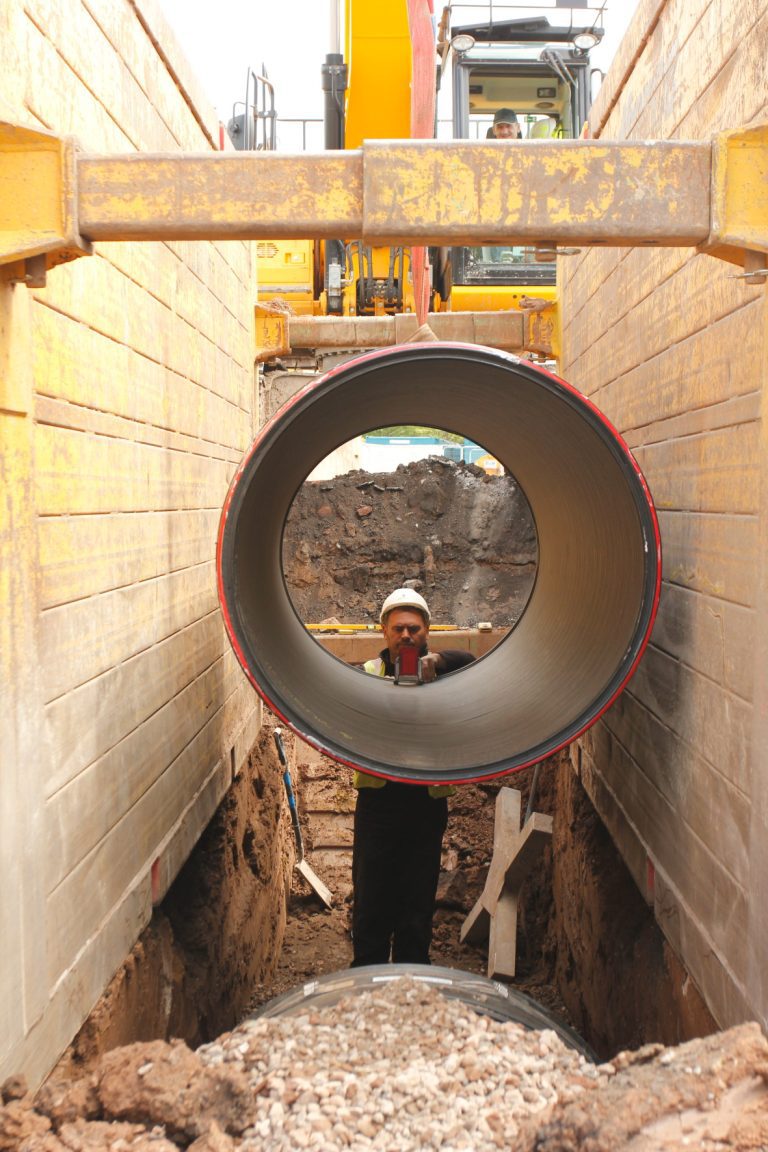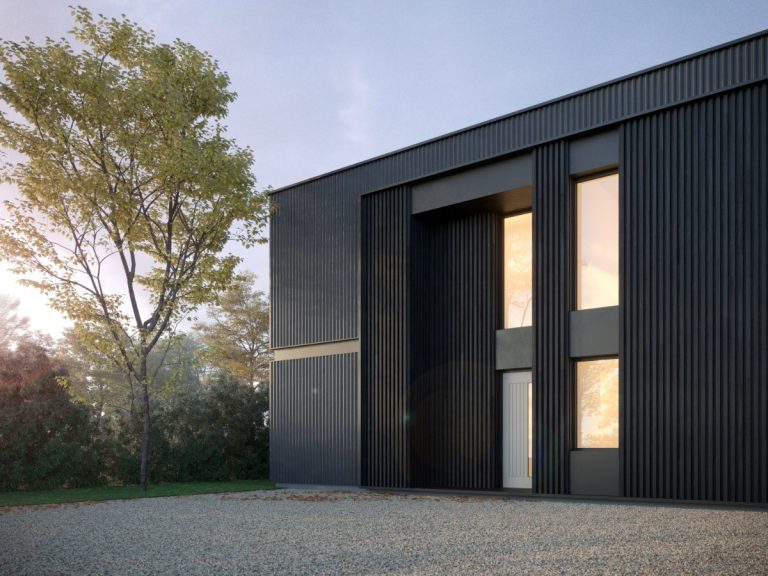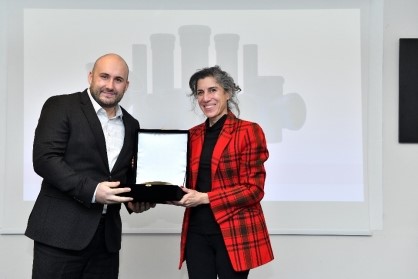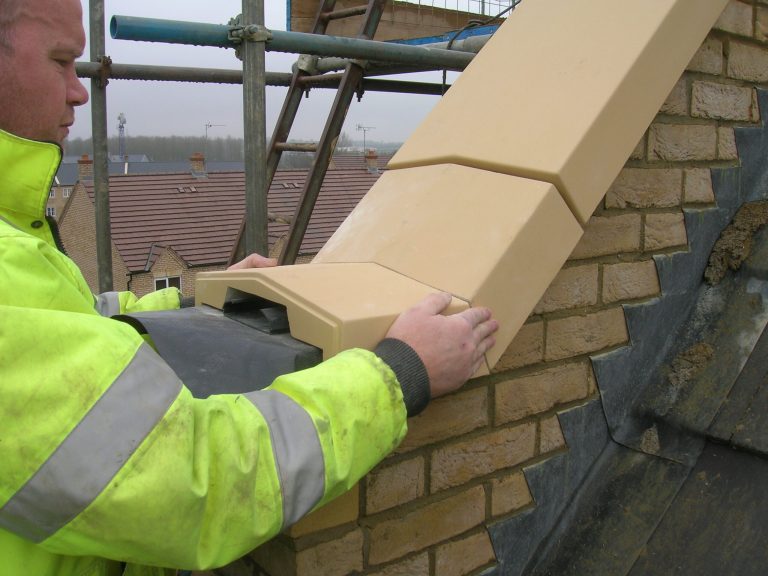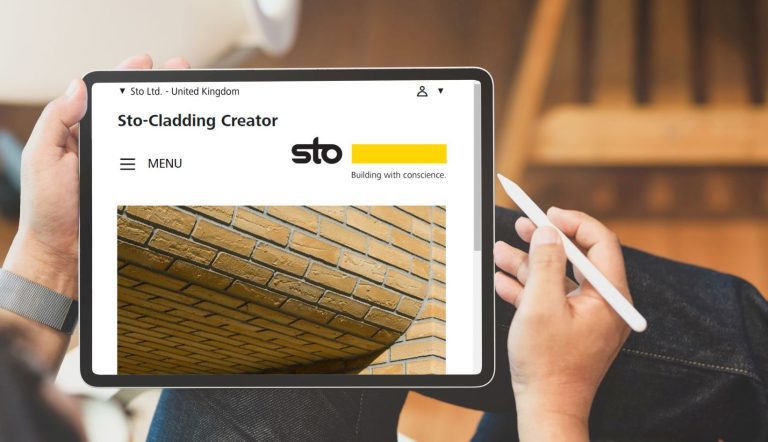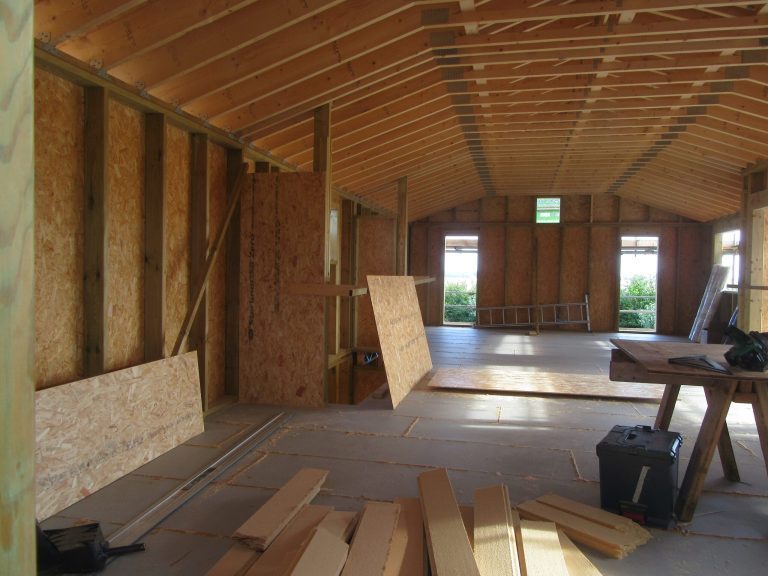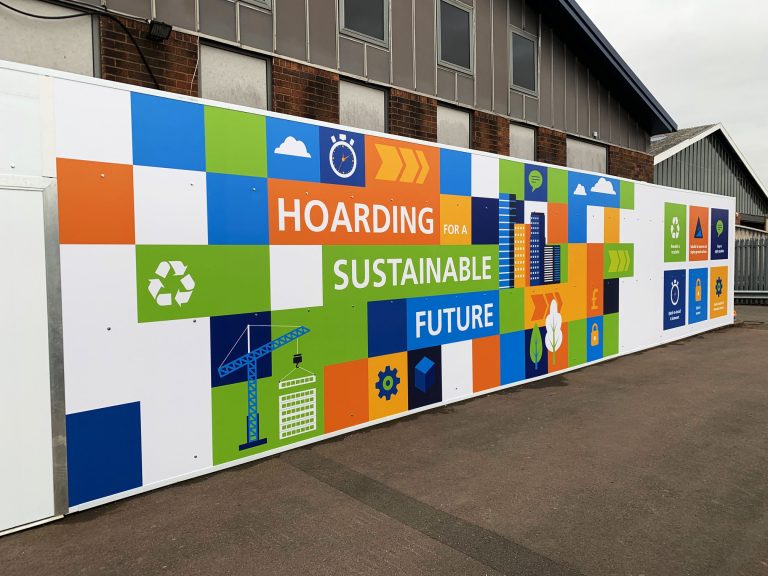With an ever-increasing checklist of requirements, UK builders have very exacting standards when sourcing the right materials for their project. Choosing panel products that satisfy building standards, have sound environmental credentials and are quick and easy to use when battling all that the Great British weather has to offer, it’s no wonder West Fraser’s (formerly known as Norbord) SterlingOSB Zero range is one of the most popular in the construction industry. West Fraser’s OSB portfolio comprises of SterlingOSB Zero OSB3, SterlingOSB Zero Tongue and Groove, and SterlingOSB Zero StrongFix. They are variants of the precision-engineered OSB3 board; BBA-approved and designed for humid conditions, the board contains zero added formaldehyde (ZAF) and is unique in the market by being the only ZAF OSB manufactured in the UK. Produced in Scotland from forest thinnings taken from sustainably managed forests, the board is certified according to the guidelines of the FSC or PEFC. Among its multiple uses, SterlingOSB Zero is ideal for timber frame construction. The boards are designed to speed up the build process and are available in a wide range, thicknesses and sheet sizes. For structural use in dry or humid load bearing situations, SterlingOSB Zero OSB3 is the board of choice. When undertaking dry lining, SterlingOSB Zero StrongFix quickly provides secure anchorage areas. Flooring and roofing applications are served by SterlingOSB Zero OSB3 and SterlingOSB Zero Tongue & Groove. Panels are easy to saw, drill, nail or plane. SterlingOSB Zero’s smooth surface gives improved adhesion qualities for all flat roofing applications with no sanding required, even for GRP finishes. In building sites all over the UK (and other rainy, snowy or generally mucky climates), the art of getting buildings wind and watertight quickly is an important one that the builder needs to get right! Choosing a quick, easy to install, reliable and versatile roofing system is, therefore, vital. High quality roof decking or pitched roof sarking is an essential component and Oriented Strand Board (OSB) is now the preferred option for many today. And winning the game with outstanding attributes is West Fraser’s SterlingOSB Zero OSB3 or SterlingOSB Zero T&G. Ideal for structural use in load bearing dry or humid conditions, SterlingOSB Zero OSB3 offers great value and durability. Stronger than most softwood ply, thanks to its makeup of multiple layers of real wood strands pressed together, it is designed to withstand the toughest of conditions. Working with the boards is trouble free as they are uniform in quality with no knots, voids or delamination issues. Helping to cut waste, a range of panel sizes and thicknesses is available to suit all needs. The boards are square edged so butt together easily and cleanly. Panels are cut and installed on a roof using conventional roofing equipment and are easy to saw, drill, nail or plane. Nails can be driven as close as 8mm from the panel edge without causing splitting. SterlingOSB Zero’s smooth surface gives improved adhesion qualities for all flat roofing applications and no sanding is required, even for GRP finishes. With all the advantages of the Sterling OSB Zero range, SterlingOSB Zero T&G is specifically designed for flat roofing and is BBA approved and fully compliant to BS 6229:2003. The panels are consistent and machined to exact tolerances. Reliable fixings are easily achieved across the board using 3mm diameter ring-shank nails or 50mm long screws at 100mm centers across the supporting joists. The inherent strength of SterlingOSB Zero makes it the natural choice for site hoardings and for boarding up windows and doors of vacant properties. Hoardings formed using SterlingOSB Zero may be finished with most popular surface treatments, allowing marketing messages and designs to be displayed to create a smart site perimeter. Along with its many practical attributes, the Sterling OSB Zero range has strong environmental credentials. All West Fraser panel products produced in the UK are net carbon negative and manufactured in mills that have obtained the coveted environmental ISO 14001 accreditation. Responsibly sourced, the panels are FSC certified and created from locally grown timber, cutting embodied carbon from transportation. Sterling OSB Zero is also the first OSB product to be made in the UK with zero added formaldehyde, ensuring an even ‘greener’ board that meets all standards with ease. To find out more about West Fraser’s products for housebuilders, get in touch with Dan Clarke – email Daniel.Clarke@westfraser.com or download product brochures from the housebuilder page of the West Fraser website https://uk.westfraser.com/housebuilders/ For further information, call 01786 812 921 or visit https://uk.westfraser.com/
